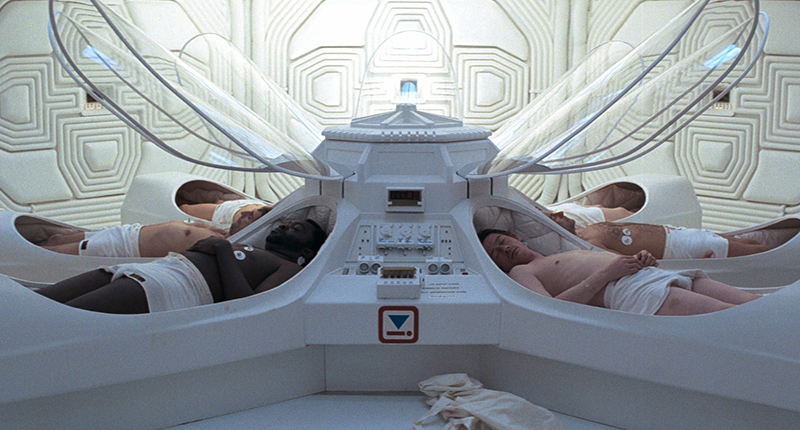Crysoleep – a deep sleep during which the body is stored at very cold temperatures to preserve it – used to be confined merely to the world of science fiction. At the end of last year, however, NASA and SpaceWorks Enterprises unveiled plans to drastically change the nature of space travel, which could make cryosleep a reality.
Although technologically possible, a manned trip to Mars has remained out of reach due to the cost and mass attached to a human crew. Sending people to Mars completely changes the nature of space travel. “Anytime you introduce humans, it’s an order of magnitude or two more challenging,” notes Bobby Braun, former NASA chief technologist.(1)
Researchers believe they can solve the problem of manned space travel with torpor, otherwise known as short-term hibernation, which occurs naturally in a wide-range of mammalian species. By creating a torpor stasis habitat where the space crew hibernates, a manned mission to Mars could become much more feasible.
From medicine to space
The scientists based their methodology on induced hypothermia in medical cases. Medically induced hypothermia is already used to treat a myriad of medical conditions, including neonatal encephalopathy, and traumatic brain and spinal injuries. It lowers a patient’s body temperature to reduce the threat of ischemic injury after a period of inadequate blood flow. The procedure has only been used for medical purposes, until now.(1)
Conventional living quarters in a space shuttle would be substituted with a torpor habitat where the pressurized volume would be drastically lowered. The chamber would enable all six crew members to live in a torpor state.
Standard living quarters in a space shuttle would be replaced with a torpor habitat, in which the pressurized volume would be greatly decreased. The chamber would allow six crew members to coexist in a torpor state all simultaneously. A hypothermic state would likely be induced by slowly cooling the body’s core temperature over a few hours.
Living in a dream
While the crew members are in a hypothermic state, various sensors would be hooked up to their bodies so their conditions could be monitored. They would then receive nutrition intravenously through TPN or total parenteral nutrition. The liquid would contain all the essential elements necessary for a human body to function properly.
In addition, a catheter would be inserted to drain urine. Because no solids are consumed, the digestive system, and therefore the need for a bowel movement, would be inactive. Electromagnetic muscle stimulation would protect key muscles from withering away.
Crew members would be in a hypothermic state for approximately 14 days. They would take turns staying awake for two to three days to make sure the needs of the astronauts and space shuttle are fulfilled.
The benefits of crysoleep include a substantial reduction in the amount of resources consumed by crew members, lowering the pressurized volume for living quarters and maximizing space by doing away with large items like food galleys, exercise equipment and entertainment systems.
More research needs to be conducted and more questions must further be resolved before cryosleep becomes a reality. At any rate, however, the concept of cryosleep is no longer a dream that you’d have to be asleep to believe.
Sources include:
(1) MNN.com
















